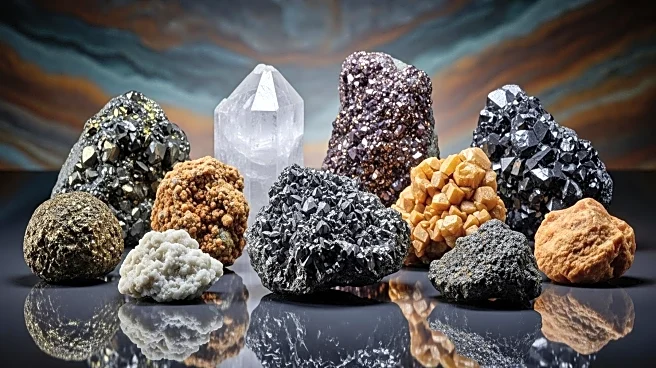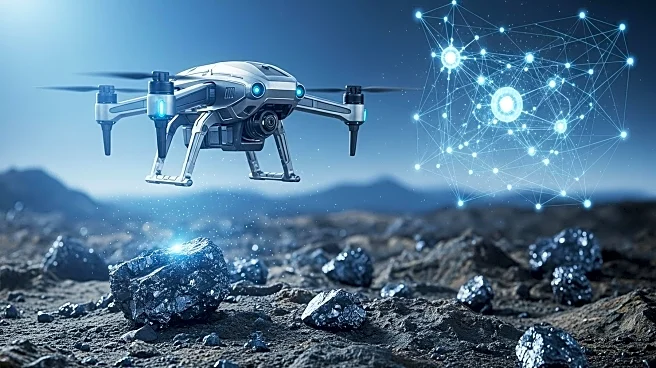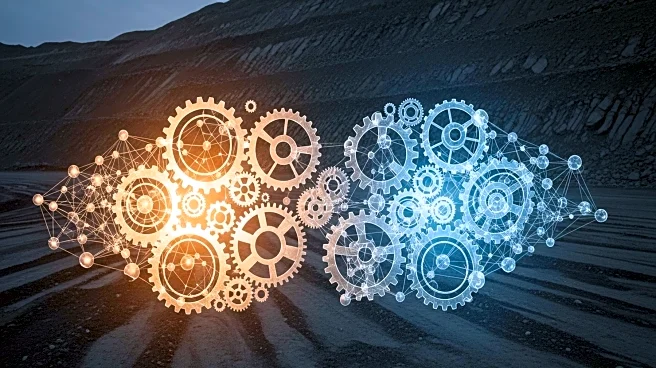What is the story about?
What's Happening?
A new hybrid geostatistical and deep learning framework has been developed to improve geochemical characterization in historical mine tailings. This framework combines geostatistics with deep learning to enhance the accuracy of predictions for elemental concentrations. The model, GCNN-RNN, significantly reduces error metrics compared to traditional methods, offering precise predictions of contaminant hotspots. This approach provides high-resolution geochemical mapping, aiding in environmental risk mitigation and resource recovery.
Why It's Important?
The hybrid framework represents a significant advancement in geochemical analysis, offering improved accuracy in predicting elemental concentrations. This precision is crucial for managing environmental risks associated with mine tailings and optimizing resource recovery. The model's ability to capture local variability and sharp gradients enhances its practical value for sustainable mining practices. By providing detailed geochemical mapping, the framework supports targeted monitoring and remediation efforts, reducing environmental damage and improving economic outcomes.
What's Next?
Future research will focus on refining the model's integration of geostatistics and deep learning, exploring its applicability in various geospatial contexts. Enhancements may include attention-based architectures and uncertainty quantification methods to bolster confidence in predictions. The collaborative effort of scientists and engineers will expand the framework's influence, potentially leading to widespread adoption in geospatial domains.
Beyond the Headlines
The integration of AI in geochemical analysis highlights the potential for data-driven decision-making in environmental management. The framework's ability to provide high-resolution predictions supports sustainable mining practices and responsible resource planning. As AI continues to evolve, its application in geospatial analysis could lead to significant societal benefits, including improved environmental stewardship.
AI Generated Content
Do you find this article useful?













